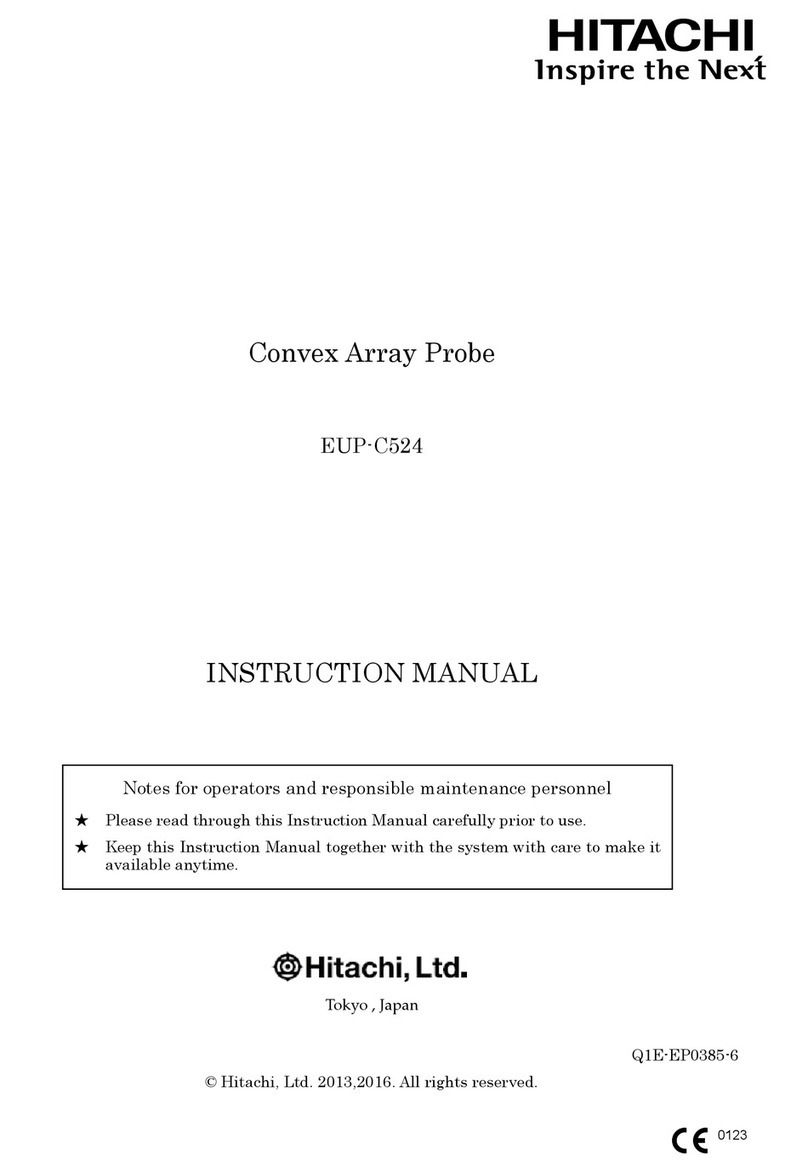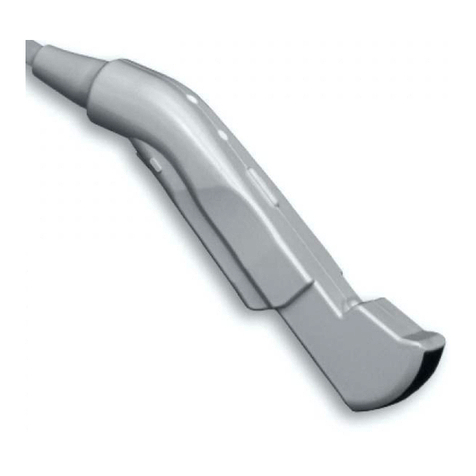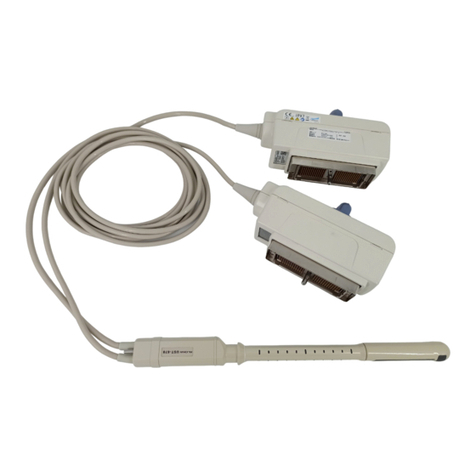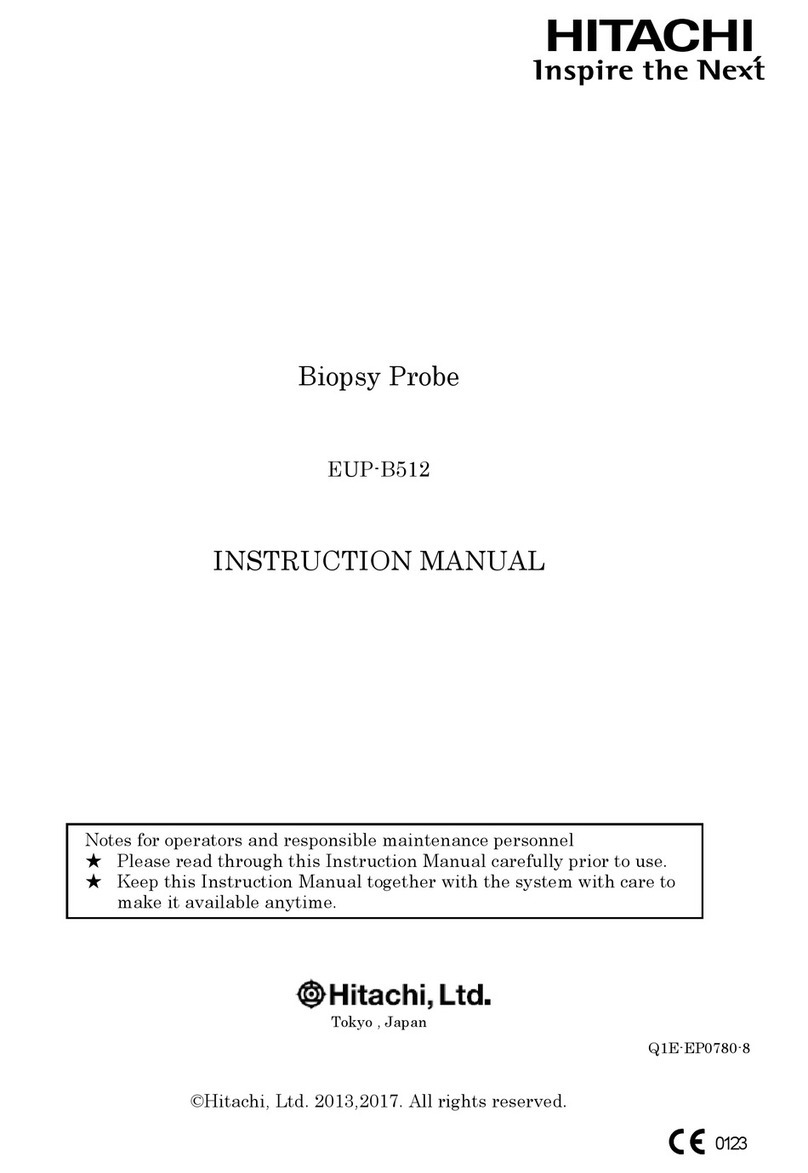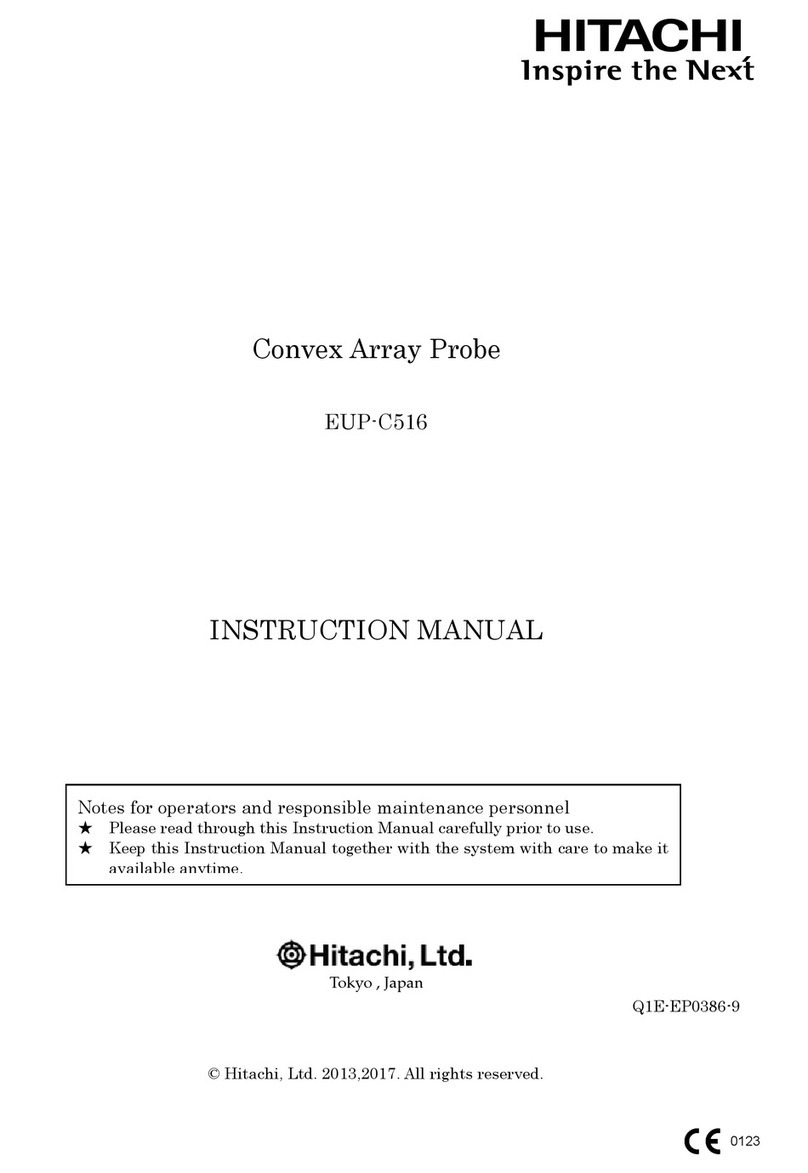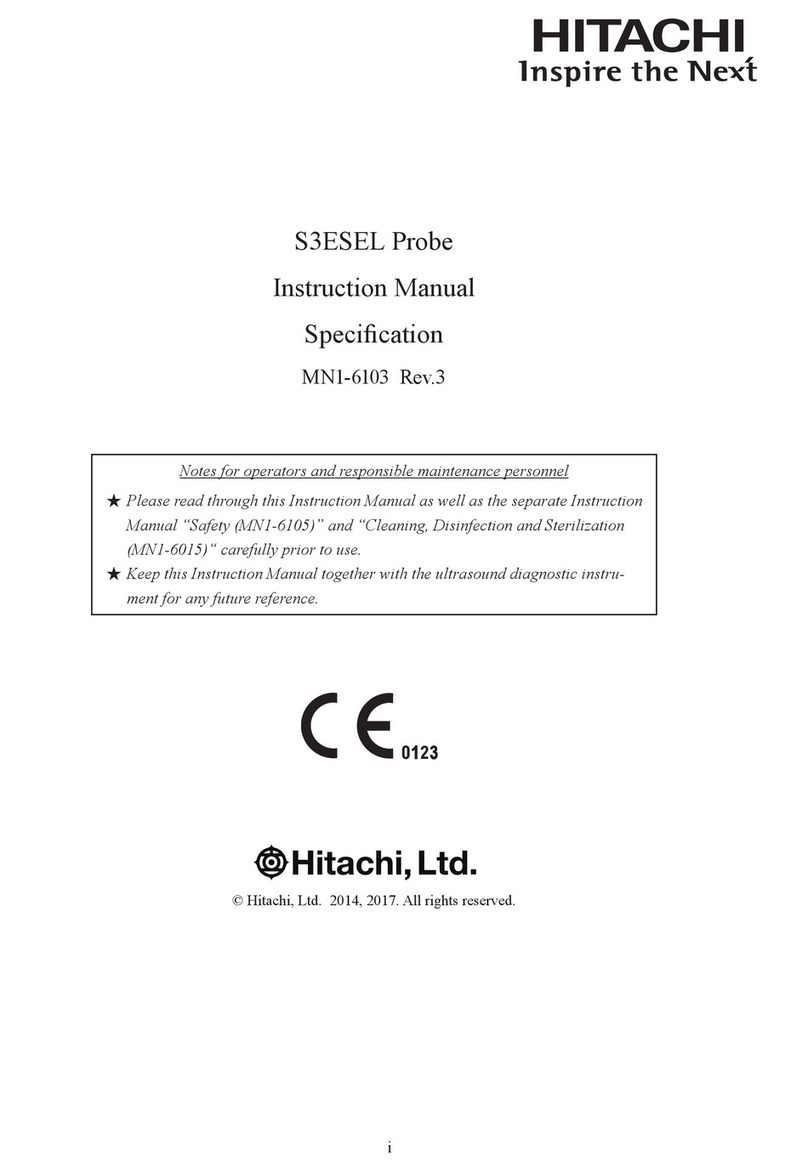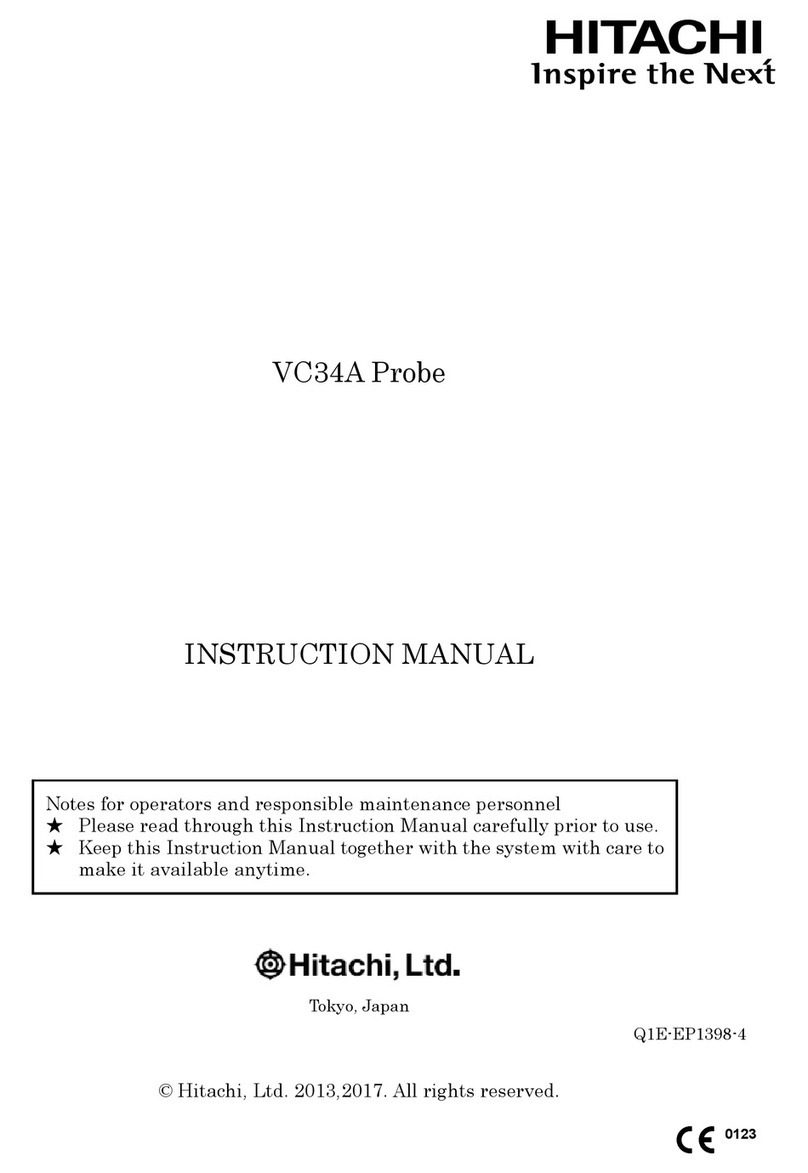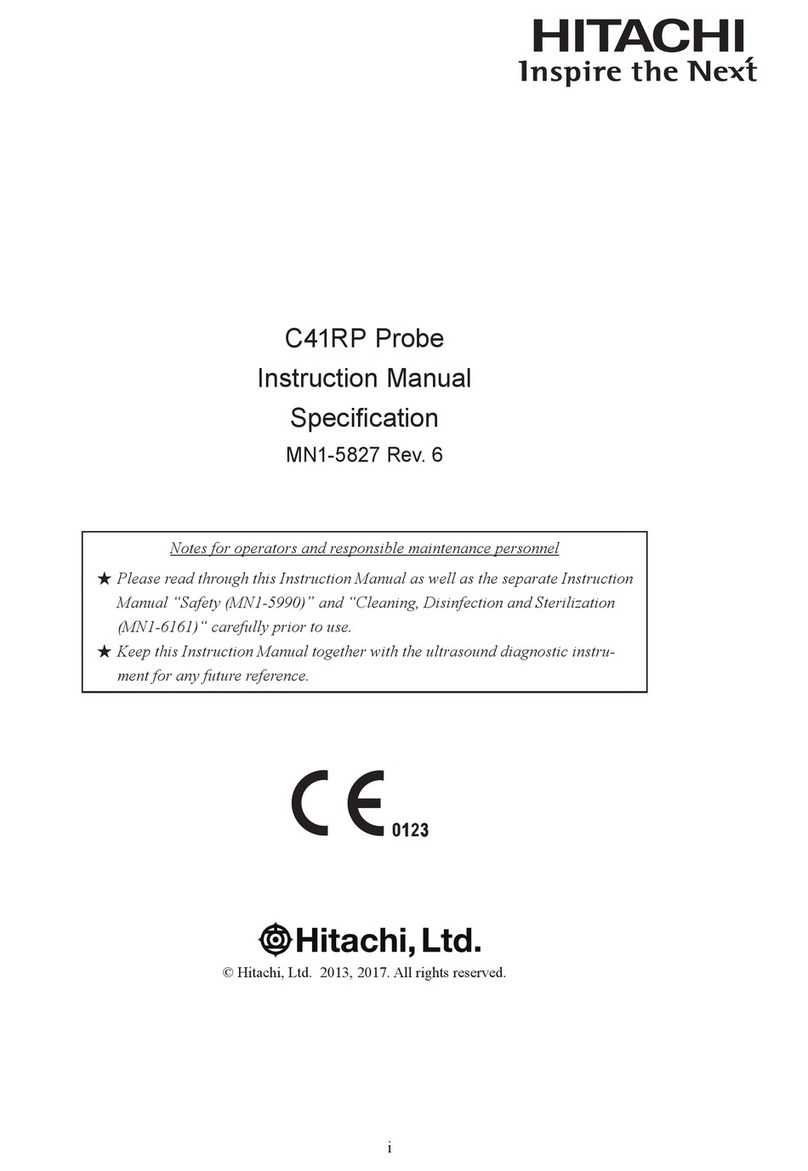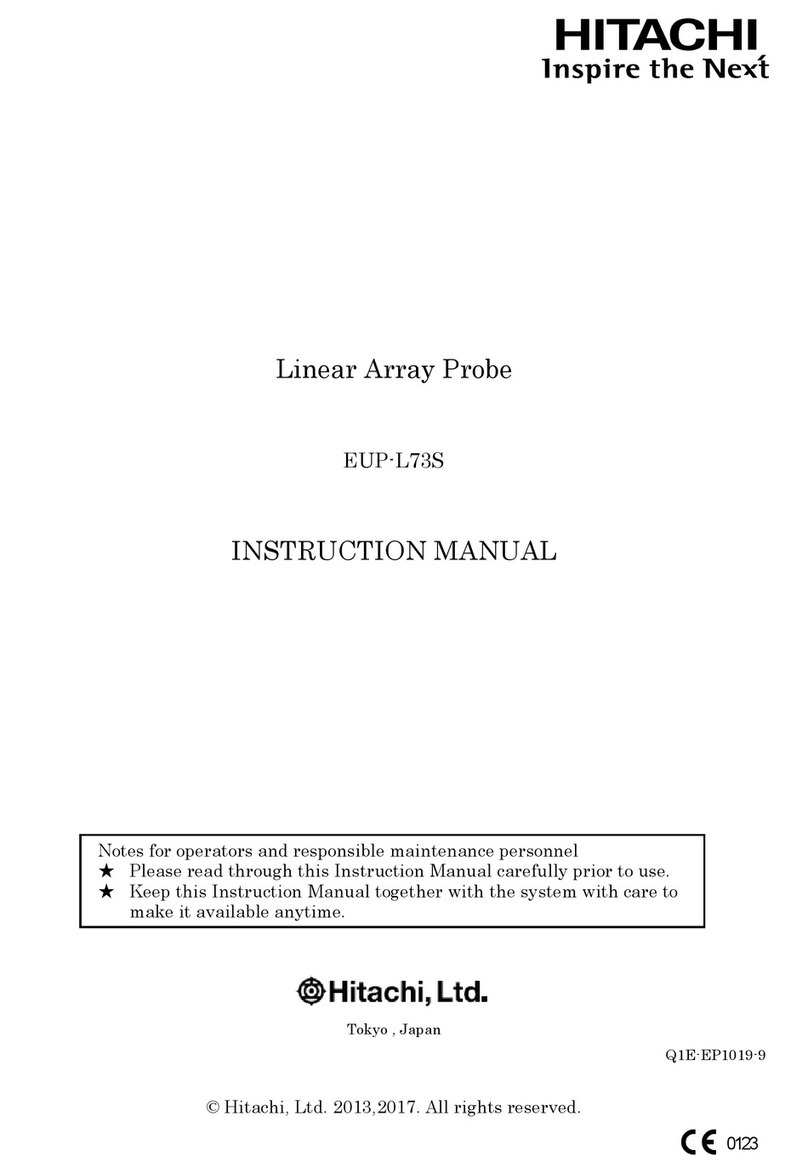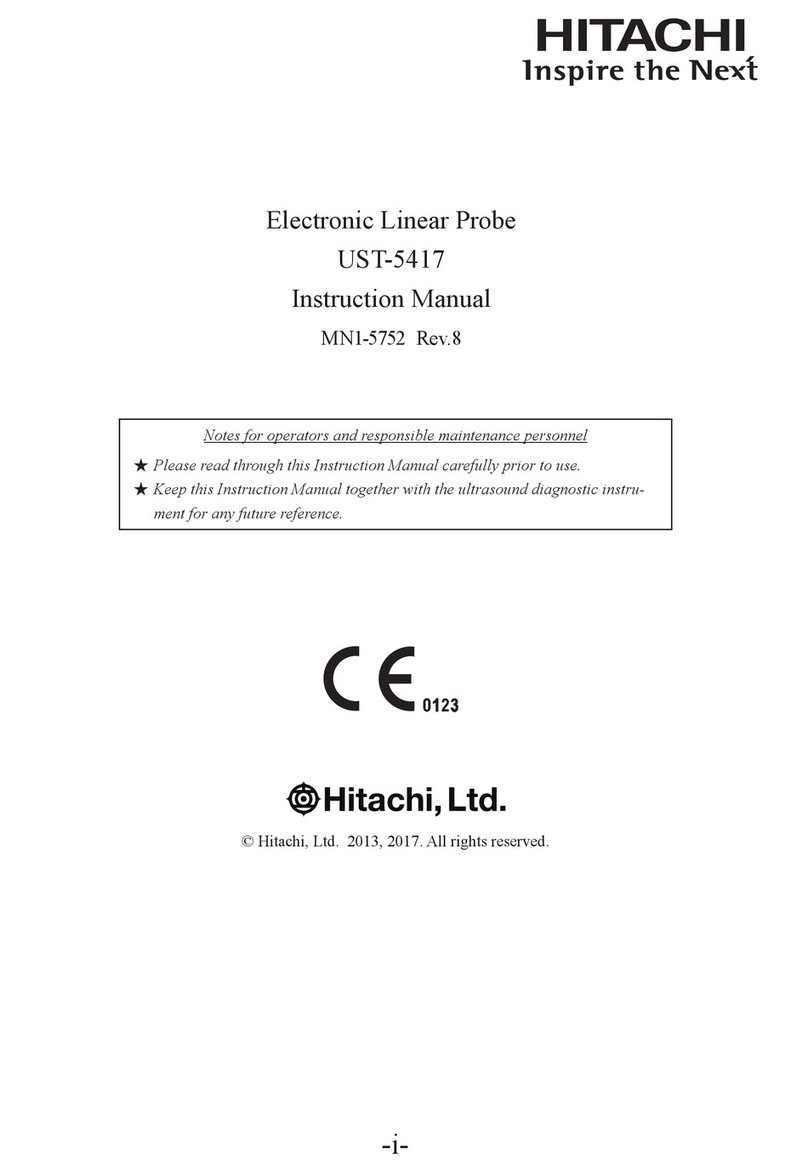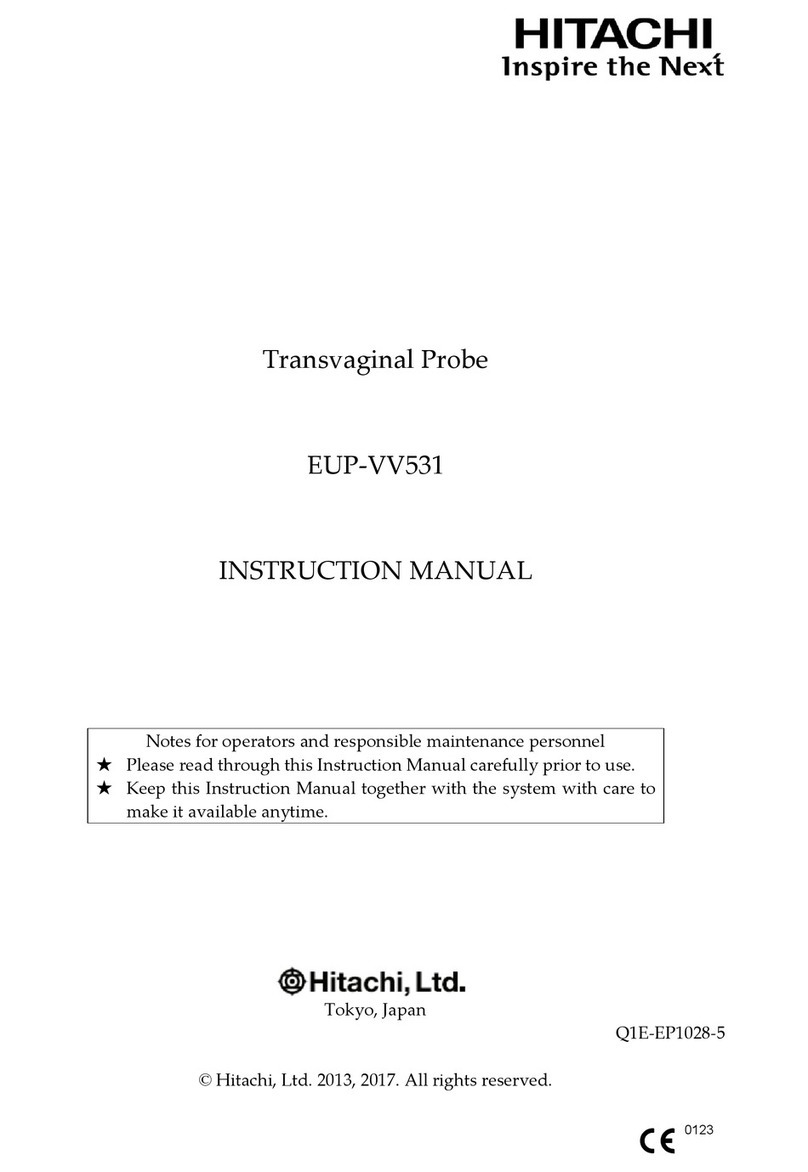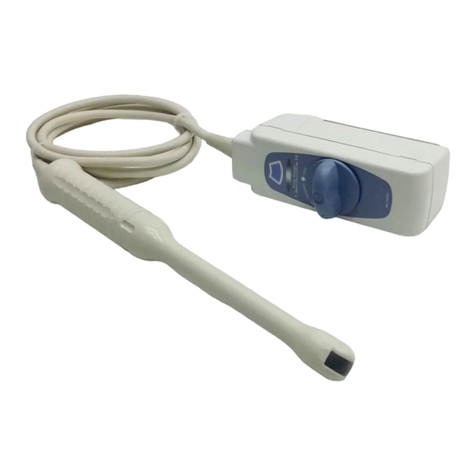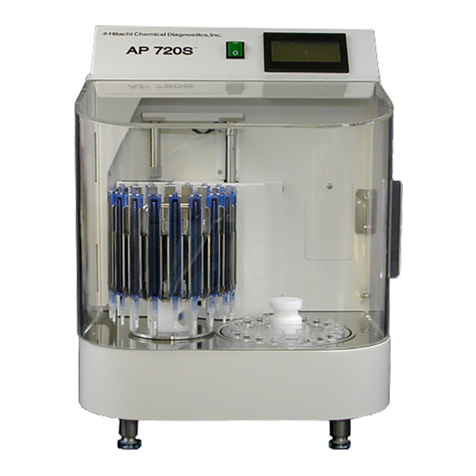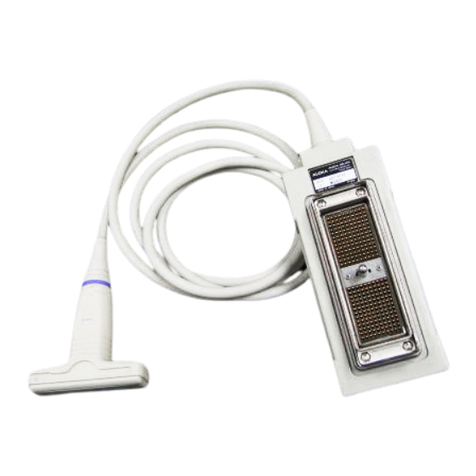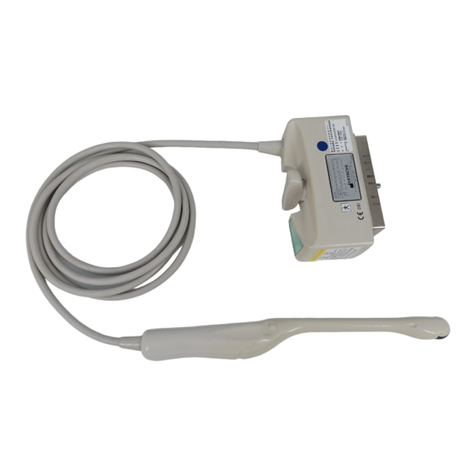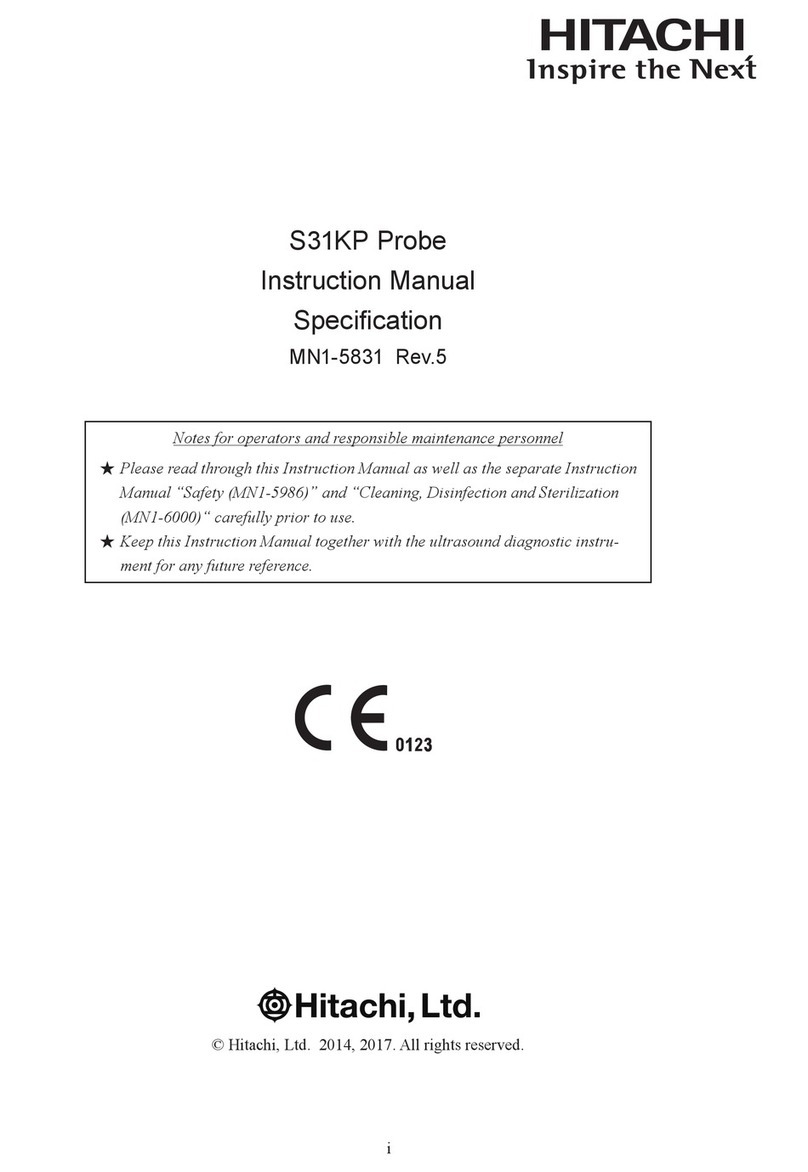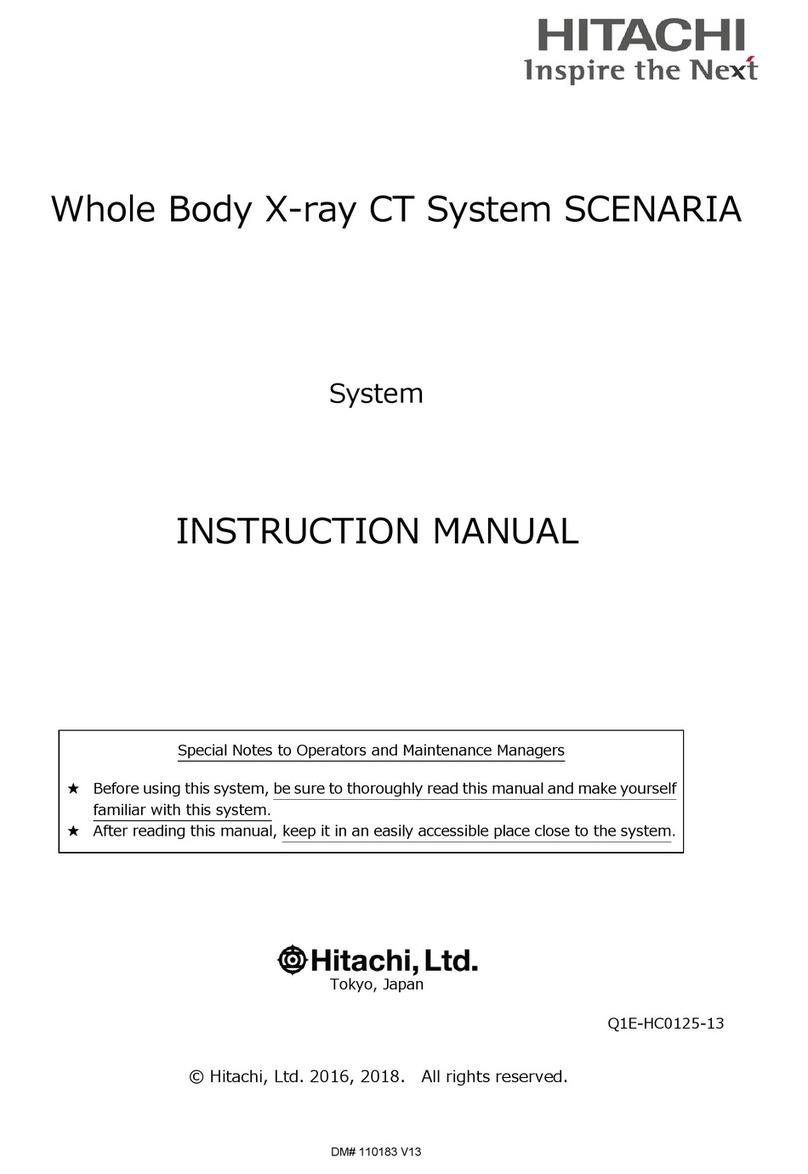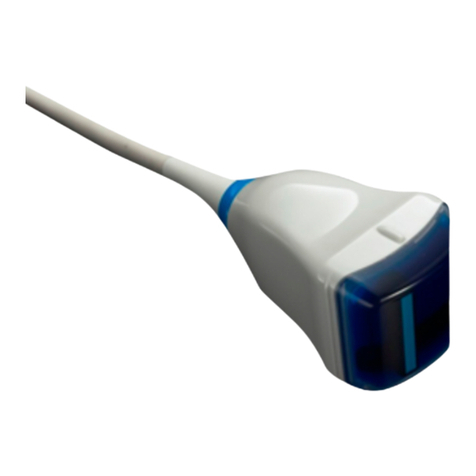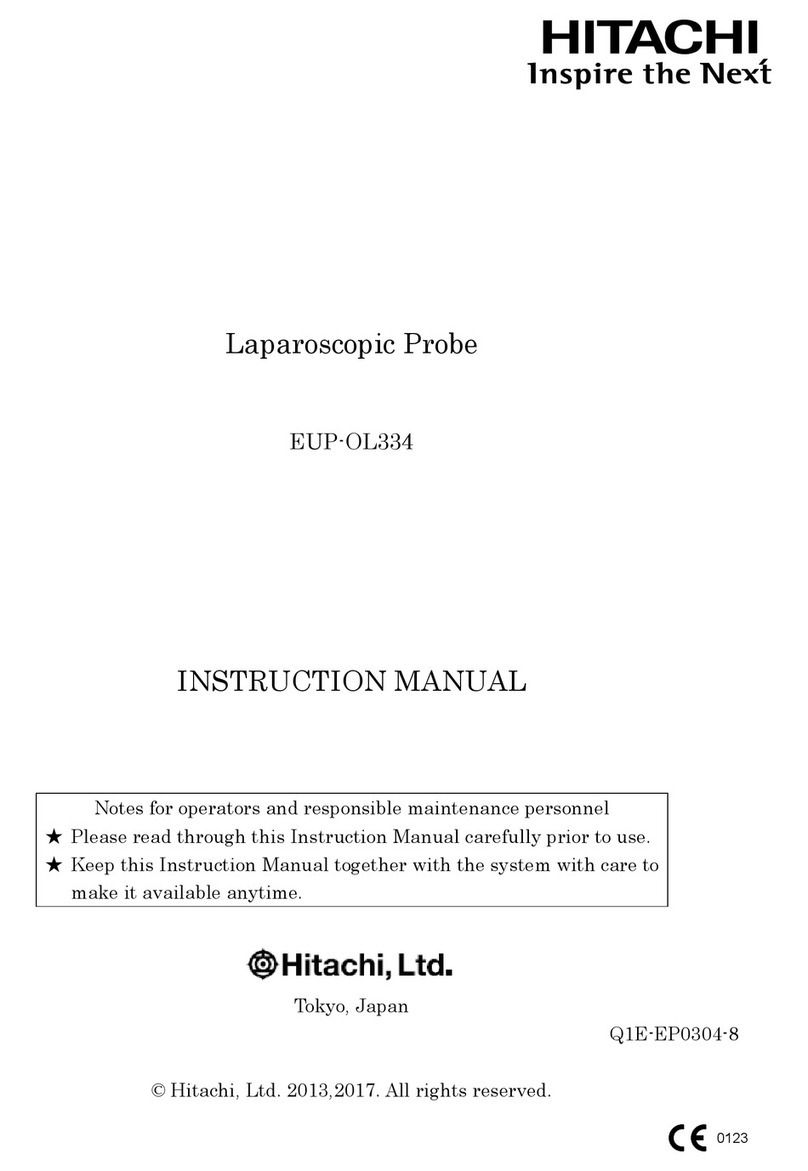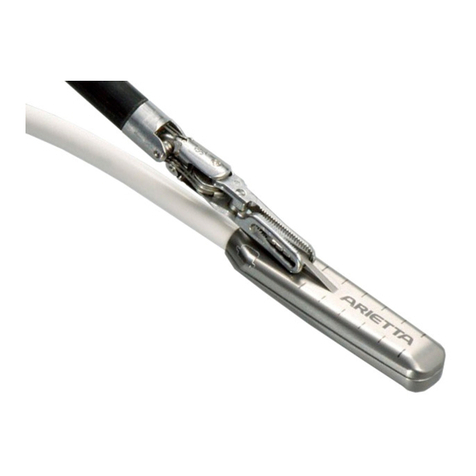
(5) Q1E-EP1011
CONTENTS
Page
1. General ........................................................ 1
1.1 General.................................................................................................................................... 1
1.2 Principles of operation ................................................................................................. 1
1.3 Intended Use ......................................................................................................................... 2
1.4 Components ............................................................................................................................. 2
1.5 Option ...................................................................................................................................... 2
1.6 External View ....................................................................................................................... 3
2. Inspection before Use .......................................... 4
2.1 Inspection for Appropriate Connection ................................................................... 4
2.2 Inspection for Material Surface ................................................................................ 4
3. Operation Procedure ............................................ 5
4. Magnetic Sensor for EUP-C715 ................................... 7
4.1 Magnetic Sensor (EZU-RV2S) ........................................................................................... 7
4.2 Magnetic Sensor (EZU-RV3S) ......................................................................................... 10
5. Cleaning, Disinfection and Sterilization ...................... 13
5.1 Point of use (Pre-cleaning) ....................................................................................... 16
5.2 Containment and transportation ................................................................................ 16
5.3 Manual Cleaning and disinfection ............................................................................ 17
5.4 Drying .................................................................................................................................... 20
5.5 Inspection ........................................................................................................................... 21
5.6 Packaging ............................................................................................................................. 21
5.7 Sterilization ..................................................................................................................... 22
5.8 Storage.................................................................................................................................. 24
6. Maintenance and Safety Inspection ............................. 25
7. Safety Precautions ............................................ 26
8. Specifications ................................................ 27
8.1 Probe ...................................................................................................................................... 27
8.2 Suppliers List................................................................................................................... 28
9. Disposal of the probe ......................................... 28
